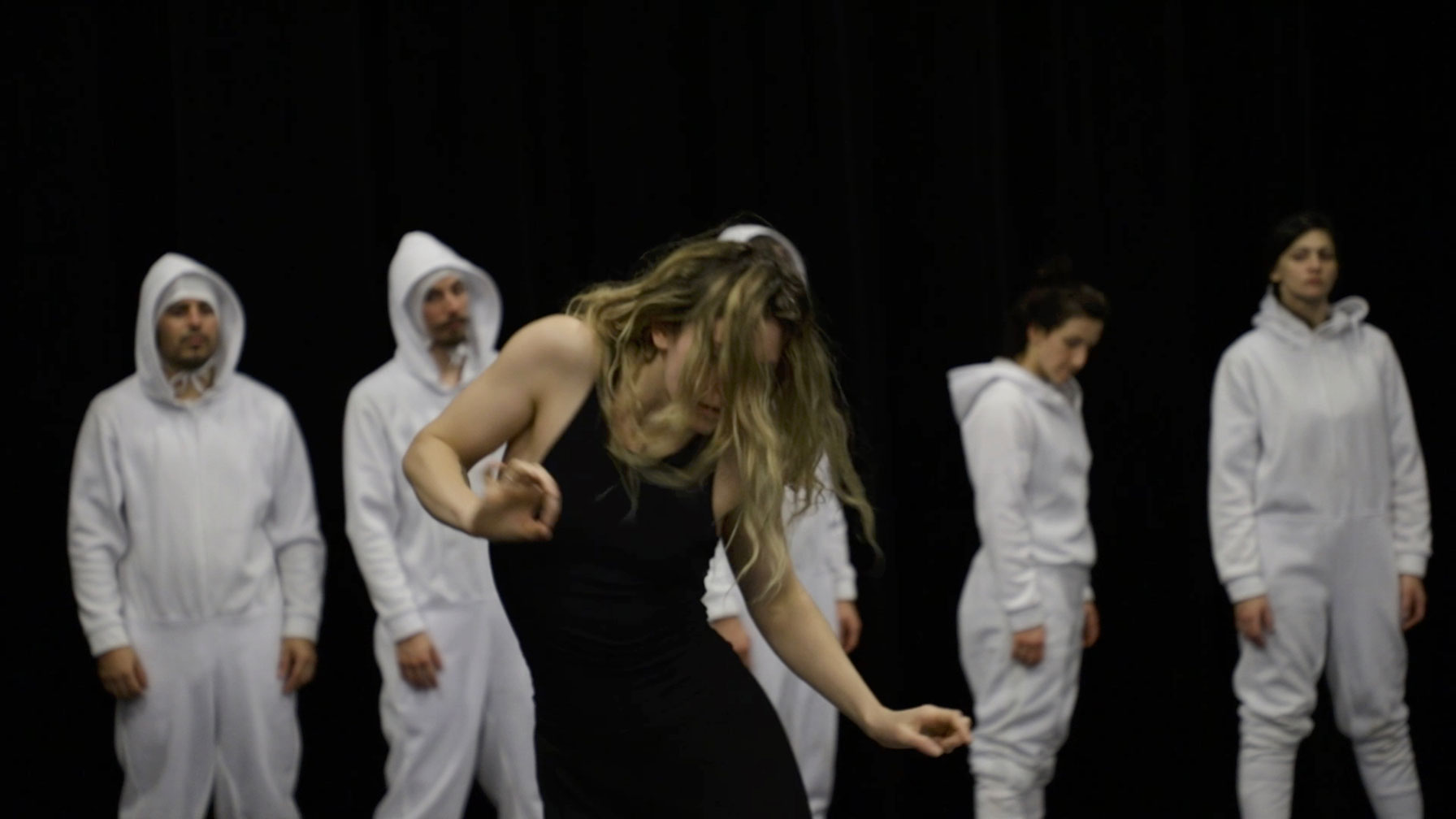

0:00/1:34

ANTH 555 [2023]
The Critical Media Lab supports students in ANTH 408 and ANTH 555 with practical workshops in video, film and sound, as well as screenings and artists talks, all of which are essential resources for students to produce their own films and soundscapes.
Do plants sing? by Sativa Lael Kawakami
Behold plant music: an erupting trend to plug electrodes into living plants and transmit their electrochemical signals into MIDI notes sounded out on a computer. When performing plant music, humans seem to deepen their attunement to the rhythms and temporalities of plant life. At bottom, this piece presents people enjoying the feeling of time passing. Participants concentrate on real-time listening and become curious about never knowing which sound the plant will signal next. Not only does plant music amplify vegetal communication; this plant-human interaction also reveals much about us.
This sound piece remixes utterances of plant biologists and experimental musicians while they make music with plants. Combining the voice of multiple human subjects, I hope to amplify the strangeness of discourse on plant music. Plant biologists fixate on plant stress; translating those stress signals into sound relaxes them. YouTube musicians often celebrate plants as singers, and as possessors of voice and individual identity. For everyone, plant music affirms plants’ sentience.
Centering vegetal voice and autonomy fosters respectful, yet partial, human listening across interspecies gaps. Condensing these gaps obfuscates the necessary human creation and mediation of plant music technology. Maybe dissecting the discourse on plant music helps research the subtle human mechanisms to excuse accountability and renew an entitlement to manipulate more-than-human worlds.

ANTH 555 [2023]
The Critical Media Lab supports students in ANTH 408 and ANTH 555 with practical workshops in video, film and sound, as well as screenings and artists talks, all of which are essential resources for students to produce their own films and soundscapes.
Do plants sing? by Sativa Lael Kawakami
Behold plant music: an erupting trend to plug electrodes into living plants and transmit their electrochemical signals into MIDI notes sounded out on a computer. When performing plant music, humans seem to deepen their attunement to the rhythms and temporalities of plant life. At bottom, this piece presents people enjoying the feeling of time passing. Participants concentrate on real-time listening and become curious about never knowing which sound the plant will signal next. Not only does plant music amplify vegetal communication; this plant-human interaction also reveals much about us.
This sound piece remixes utterances of plant biologists and experimental musicians while they make music with plants. Combining the voice of multiple human subjects, I hope to amplify the strangeness of discourse on plant music. Plant biologists fixate on plant stress; translating those stress signals into sound relaxes them. YouTube musicians often celebrate plants as singers, and as possessors of voice and individual identity. For everyone, plant music affirms plants’ sentience.
Centering vegetal voice and autonomy fosters respectful, yet partial, human listening across interspecies gaps. Condensing these gaps obfuscates the necessary human creation and mediation of plant music technology. Maybe dissecting the discourse on plant music helps research the subtle human mechanisms to excuse accountability and renew an entitlement to manipulate more-than-human worlds.

ANTH 555 [2023]
The Critical Media Lab supports students in ANTH 408 and ANTH 555 with practical workshops in video, film and sound, as well as screenings and artists talks, all of which are essential resources for students to produce their own films and soundscapes.
Do plants sing? by Sativa Lael Kawakami
Behold plant music: an erupting trend to plug electrodes into living plants and transmit their electrochemical signals into MIDI notes sounded out on a computer. When performing plant music, humans seem to deepen their attunement to the rhythms and temporalities of plant life. At bottom, this piece presents people enjoying the feeling of time passing. Participants concentrate on real-time listening and become curious about never knowing which sound the plant will signal next. Not only does plant music amplify vegetal communication; this plant-human interaction also reveals much about us.
This sound piece remixes utterances of plant biologists and experimental musicians while they make music with plants. Combining the voice of multiple human subjects, I hope to amplify the strangeness of discourse on plant music. Plant biologists fixate on plant stress; translating those stress signals into sound relaxes them. YouTube musicians often celebrate plants as singers, and as possessors of voice and individual identity. For everyone, plant music affirms plants’ sentience.
Centering vegetal voice and autonomy fosters respectful, yet partial, human listening across interspecies gaps. Condensing these gaps obfuscates the necessary human creation and mediation of plant music technology. Maybe dissecting the discourse on plant music helps research the subtle human mechanisms to excuse accountability and renew an entitlement to manipulate more-than-human worlds.

Rhythm by Thalia Danielson




